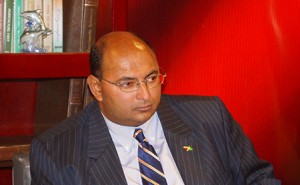The Guyana Power and Light Incorporated (GPL) is now between “a rock and a hard place” as it will soon have to choose whether it will increase tariffs or reduce operations.
This is a direct impact of the joint opposition’s decision to axe GPL’s proposed subsidy by Gy$5.2 billion, almost 50 per cent.
GPL Chairman Winston Brassington said despite extensive explanation before the presentation of the Gy$208.8 billion budget, the opposition, using its one-seat majority, proceeded to cut critical funding for GPL.




